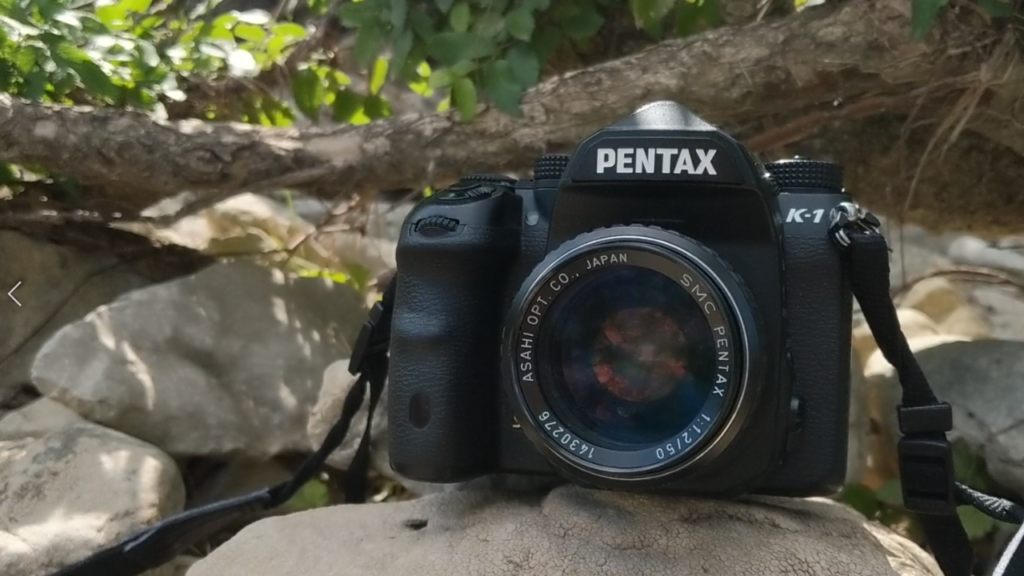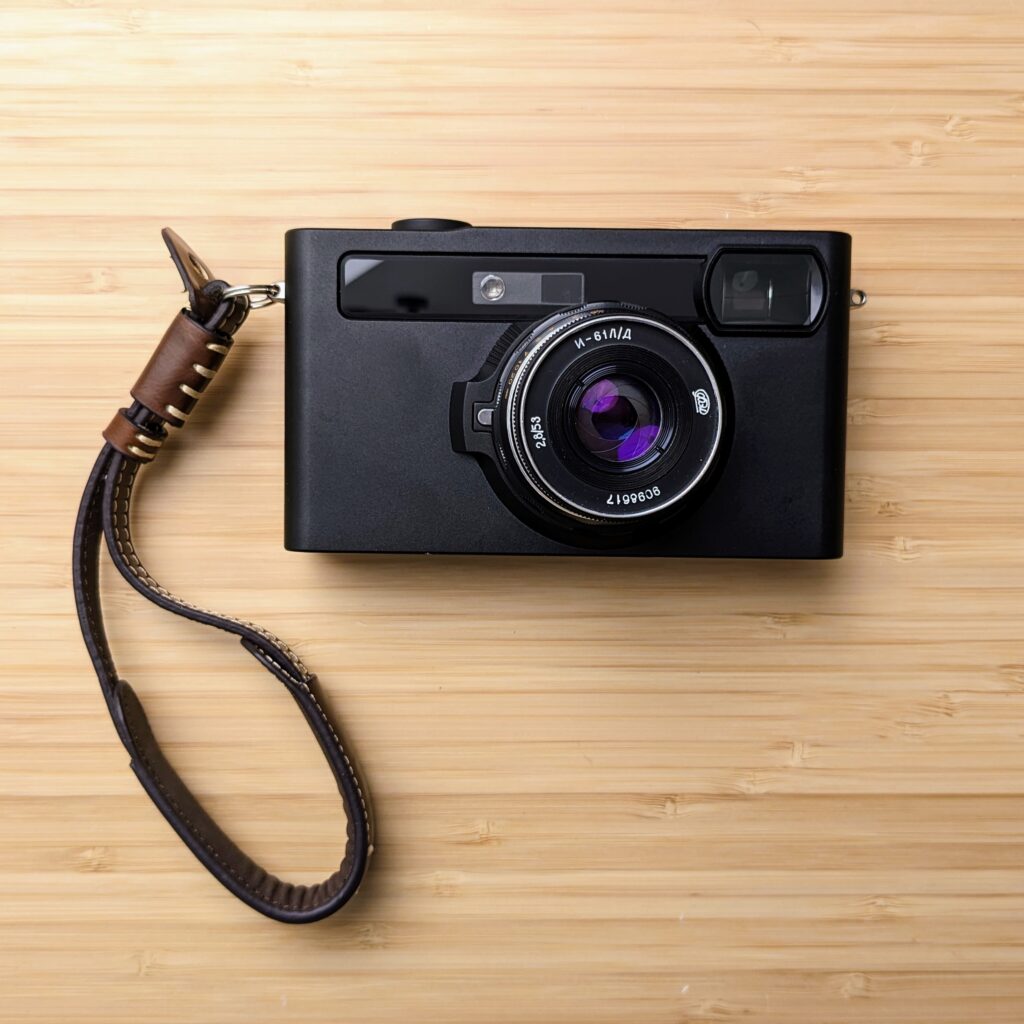Ever since acquiring the original APSC Ricoh GR (2013 model) and seeing how capable it was I’ve wanted to take it out on a clear night and shoot some astrophotography. I wonder how many photographers have had the same urge. Usually I shoot a Pentax K-1 for astrophotography which has incredible image quality and a built-in star tracking feature. That setup isn’t lacking anything, but the idea of having a pocketable camera for milkyway nightscapes on backpacking trips intrigued me.
Why the Ricoh GR?
The Ricoh GR has a few things going for it as far as astrophotography goes. First the lens is a relatively fast f2.8. Certainly not the fastest astrophotography lens, but what I am used to with my Rokinon 14mm f2.8 lens on my K-1. Perhaps more importantly the lens is sharp wide open. It is fixed at 28mm equivalent which isn’t quite as wide as I would like for a single shot milkyway landscape, but wide enough. For multiple frame panoramas it will actually make the milkyway appear larger in the sky then a wider angle lens in a single shot.
One of the most critical aspects of astrophotography is nailing focus, and the Ricoh GR has you covered there as well. You can map the autofocus to infinity and bam. No fiddling in the dark trying to achieve focus.
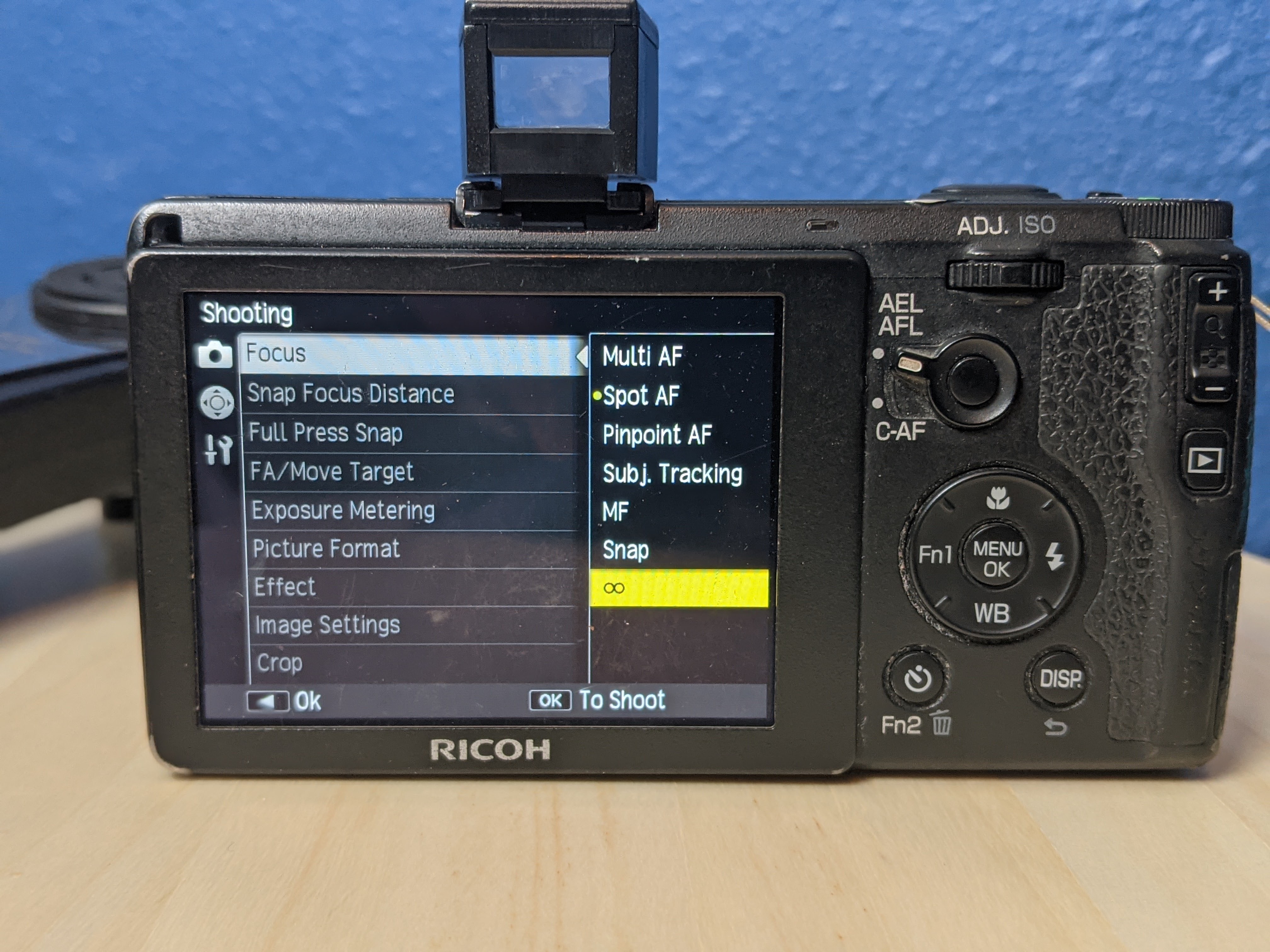
It shouldn’t be overstated that the camera has full manual controls, including shutter speeds up to 300 seconds (which you’ll see more about later). I guess I wouldn’t be using it as much as I do if it didn’t have full manual controls, but you’d be surprised how many non-ILC cameras cheap out in this regard.
So, with these things in mind I set out to take some shots of the milkyway.
First attempts shooting the Milkyway with the Ricoh GR
My first attempt was several months ago during a family camping trip. The Ricoh GR doesn’t have astrotracer so I was only able to exposure for 30 seconds before seeing noticeable star trails. After a lot of post processing I got a pretty picture for social media, but filled with much too much noise for anything other than a small print. I am assuming the newer Ricoh GR III would be much improved in this regard, but probably still a limiting factor. Taking multiple photos and stacking would help this issue, but I am still very much a novice in that regard, and my initial experiments with that turned out subpar.
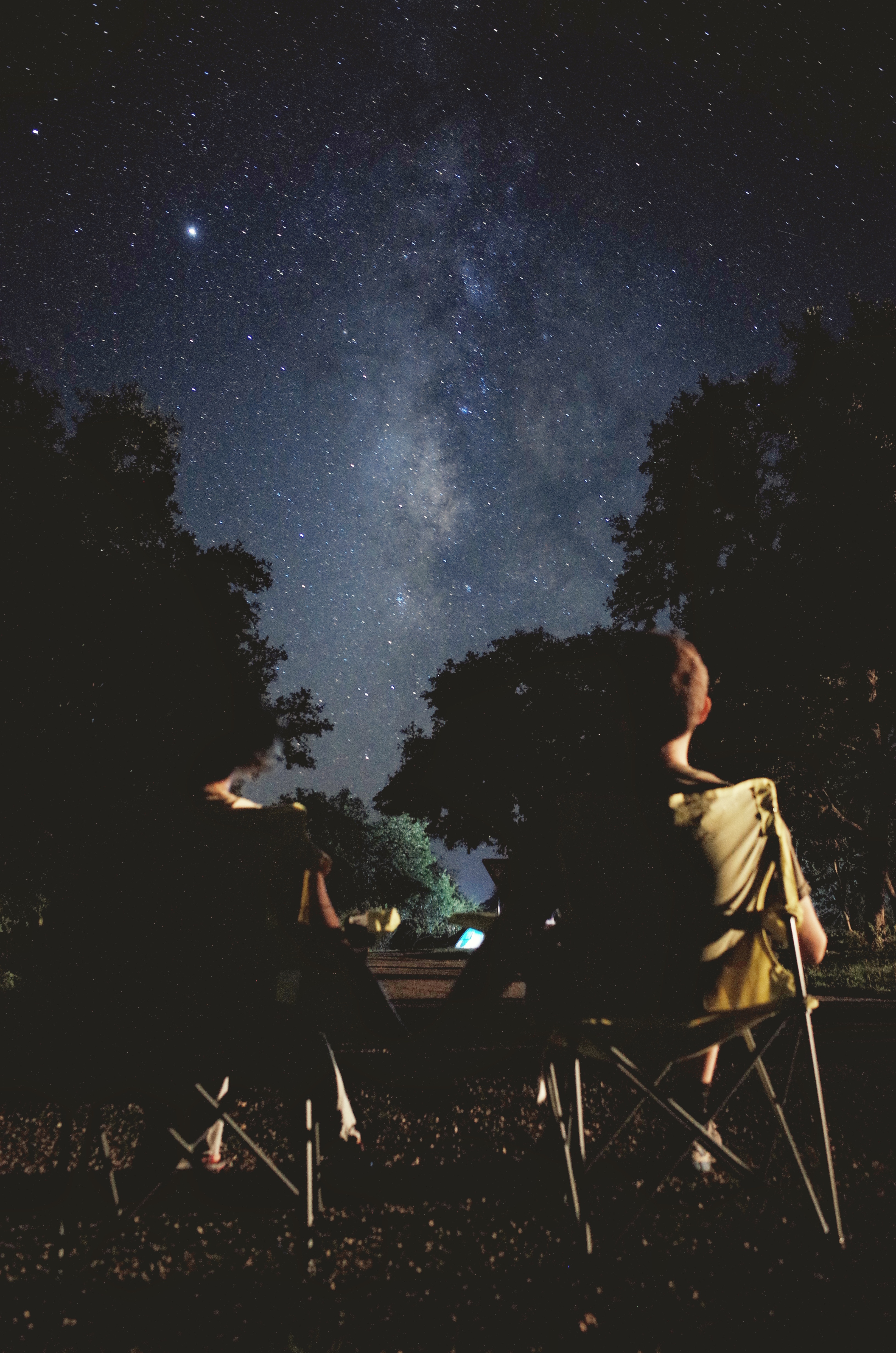
My second attempt was also during a family campout with similar results. A thirty second exposure just wasn’t enough to get detail from the milkyway without bumping up the ISO past where I was comfortable. Once again, I think the GR III would be better here but I’m not sure by how much.
From here I was convinced the Ricoh GR had potential to be a great astrophotography camera but just needed a little help. Instead of going down the stacking route which introduces its own challenges, I looked for a small inexpensive tracker that could increase my exposure time while also maintaining the small backpacking footprint I wanted. I found just what I needed in the Omegon Minitrack LX2.
Omegon Minitrack LX2 Star Tracker
I won’t spend a lot of time talking about the tracker but it’s cool enough I think you’ll appreciate the introduction. The Omegon Minitrack is the first mechanical star tracker. That’s right, no electronics here. It works on a wound mechanism and tensioned springs. Something about the idea of a glorified egg timer really intrigued me. The same fascination that I got as a kid winding coocoo clocks. Besides being cool it’s also practical. One less thing to charge. It’s also relatively small though admittedly there are other trackers with a smaller and perhaps lighter footprint.
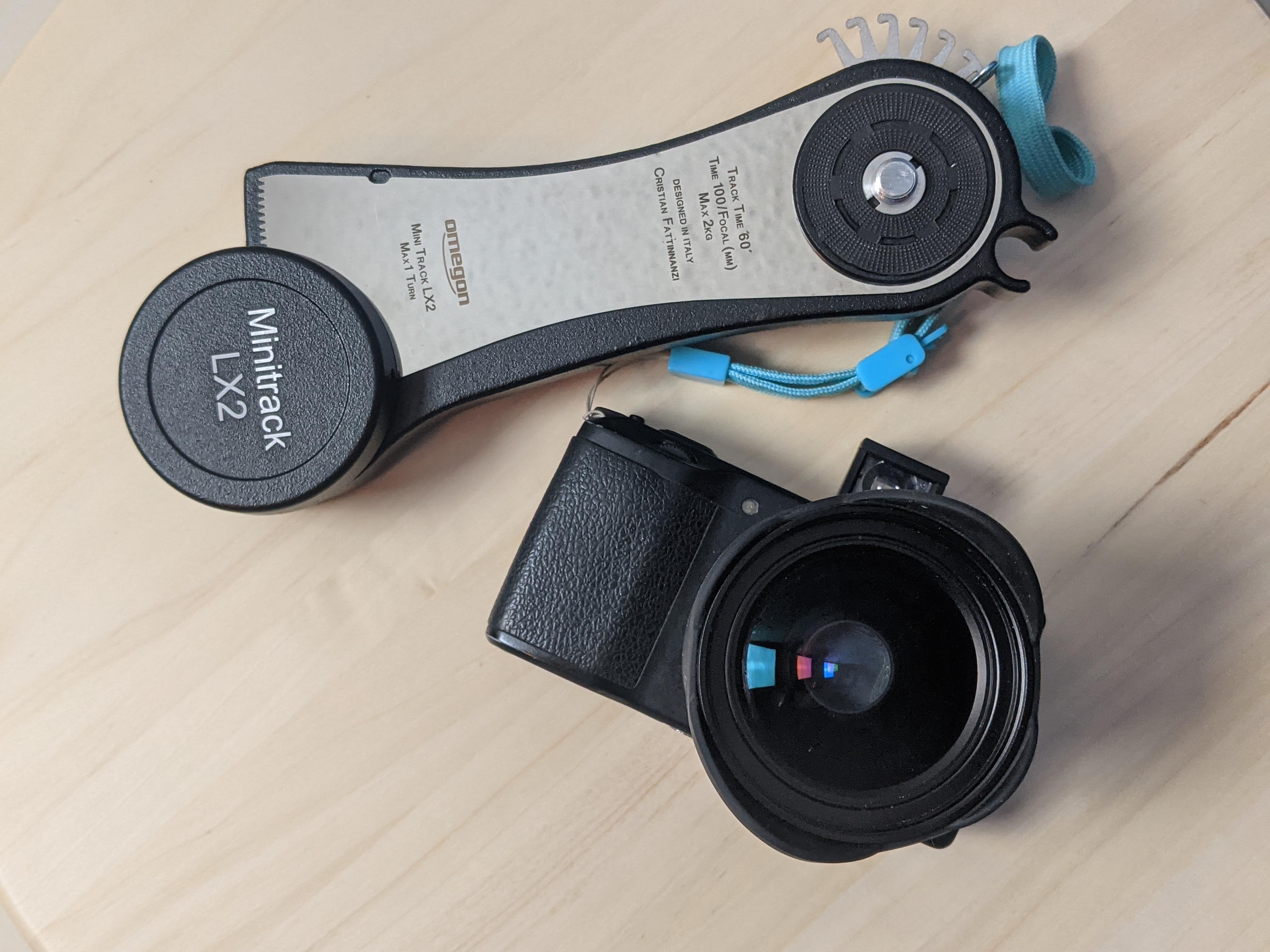
Last week I tried out the combo together. My Ricoh GR mounted on the Omegon Minitrack. Between the year that I first tried astrophotography with the GR and now I had also added the GW-3 wide angle converter. This makes the Ricoh GR a 21mm equivalent with the same exposure. I slapped that on to give myself a wider view for this single exposure.
The minitrack is easy enough to use. Using a plastic straw you align the base to Polaris. An additional ball head is attached to allow you to point your camera at your subject while maintaining the correct rotation. Now comes the only tricky part, and the part I need more practice with. Based on where you are pointing the camera, and where the weight is being shifted, there are adjustments that need to be made to the tracker to maintain the correct timing. This is done by changing a counter tension spring to the appropriate location. Omegon includes a chart in the instructions, but I’ll admit it is confusing at first. Fortunately the default position is correct for shooting south, and that is what I was doing for the milkyway. The GR was also light enough that when I pointed another direction it didn’t seem to affect the timing.
With a little bit of lazy post processing, here is the shot out of the Ricoh GR with the GW-3 converter and mounted to the Omegon minitrack LX2. It was a 300 second exposure at f2.8 and 400 ISO.
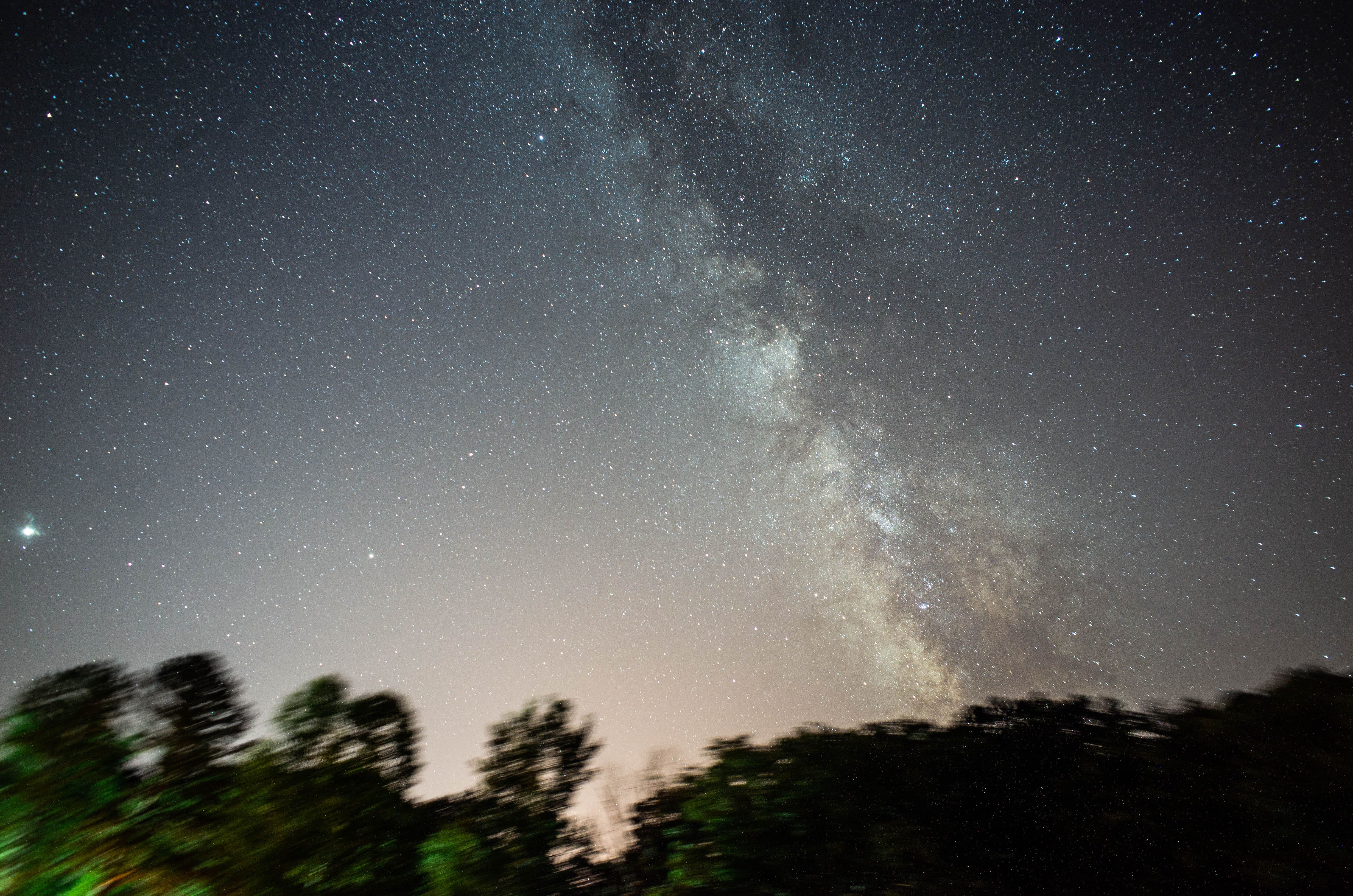
Conclusion
So, there’s where my experiment stands today. I think the tracker proves that the Ricoh GR has a more than adequately sharp lens wide open and beautiful detail when the ISO is kept low enough. The infinity focus function works along with the long exposure times available in manual mode. It is compact and makes for an easy camera to use for astrophotography when packing light.
Would I use it over my K-1? Absolutely: but only when size and weight are a concern. You need to remember that not only is the Pentax K-1 much larger but so are the lenses I would use on it and the tripod I would need to mount it on. The Ricoh GR + Omegon minitrack LX2 fit nicely on my carbon travel tripod where my Pentax K-1 would feel a little shaky. Because my GR is quickly becoming my go-to for adventure landscape photography anyway, throwing the tracker and an extra ball head in the bag isn’t too much more.
What I would really like to see is the Ricoh GR III or whatever new model comes out include astrotracer. Astrotracer requires GPS and the ability to move the sensor (sensor stabilization), along with some over related sensors to understand where the camera is pointing. This feels very close to what the GR III can do. They added sensor stabilization in the latest model. What if a firmware update could add support for the O-GPS1 module that allows Pentax cameras without built-in GPS to utilize astrotracer? What if GPS could be added to a future model? I am not optimistic this would be a priority for a snapshot camera, but one can dream, can’t they?

